‘Indian history is more than dynasties and battles’: Manu S Pillai
‘Indian history is more than dynasties and battles’: Manu S Pillaion Aug 20, 2019
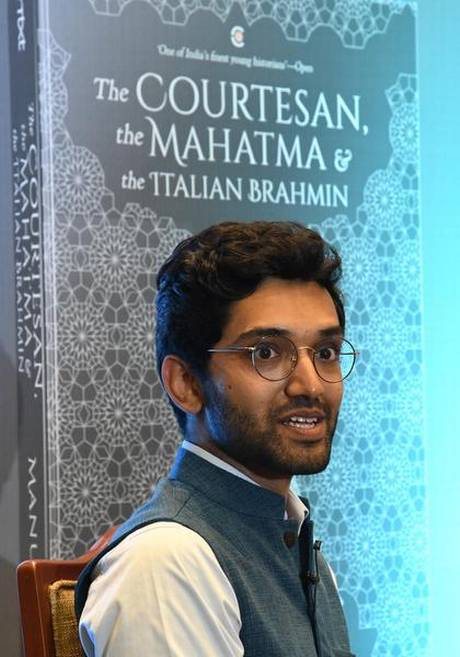
 “The decision to include illustrations was brilliant. What I underline with my stories is that Indian history is more than dynasties and battles,” says Manu. “Indian history is layered, boasting of people with radical thinking who questioned the system. Let us not deprive ourselves of its mosaic of richness,” he says, adding that his agenda was to draw people to history. “After reading my essays, people should think ‘history is fun!’”
Manu says history has a context that explains its relevance. “History is always evolving, it is a bag of raw materials for political ideologies to legitimise themselves,” he says, referring to the bronzes at Tirupati donated by Vijayanagar emperor Krishnadevaraya where the king is wearing a Persian-styled hat and not an Indian turban. “After going through a lot of study material, we discover Vijayanagar absorbed the best of Hindu and Muslim cultural resources,” he says.
His book on the history of Deccan, Rebels Sultans - The Deccan from Khilji to Shivaji is also full of anecdotes. “There have been Africans who shaped the history of the Deccan and married their daughters to local kings.” Tipu Sultan, for instance, stood up to the British, but desecrated temples in the lands of enemy kings that he conquered.
Going against the grain
Manu’s characters in The Courtesan, the Mahatma and the Italian Brahmin who went against established norms are moving as well as amusing. He says he is trying to “construct a bridge to have these tales travel down to people”.
His account of courtesan Muddupalani, an 18th century Telugu poet, is an example of the omission of women’s historical narratives, a practice that dates back three centuries. “In the 19th century, even those who appreciated Muddupalani’s sensuous classic Raadhika Saanthvanam, tried to pass her poetry off as written by a man named Muddu Pillai. Women weren’t allowed to talk of their desires. It was Bangalore Nagarathnamma, a singer, cultural activist, scholar, and courtesan who brought it to light.” The second essay is a parody on the caste system. The king falls in love with a beautiful woman only to discover she is an ‘untouchable.’
Referring to the Italian Brahmin, he says this essay traces the religious path of a 17th century Italian from an aristocratic family who settles in India in search of religious peace.
“On reaching Madurai from Goa, he joins a Christian mission. He is a practising Catholic, following Hindu traditions such as wearing a cross-thread, learning Sanskrit, Telugu and Tamil, and being proficient in the Vedas.”
“The decision to include illustrations was brilliant. What I underline with my stories is that Indian history is more than dynasties and battles,” says Manu. “Indian history is layered, boasting of people with radical thinking who questioned the system. Let us not deprive ourselves of its mosaic of richness,” he says, adding that his agenda was to draw people to history. “After reading my essays, people should think ‘history is fun!’”
Manu says history has a context that explains its relevance. “History is always evolving, it is a bag of raw materials for political ideologies to legitimise themselves,” he says, referring to the bronzes at Tirupati donated by Vijayanagar emperor Krishnadevaraya where the king is wearing a Persian-styled hat and not an Indian turban. “After going through a lot of study material, we discover Vijayanagar absorbed the best of Hindu and Muslim cultural resources,” he says.
His book on the history of Deccan, Rebels Sultans - The Deccan from Khilji to Shivaji is also full of anecdotes. “There have been Africans who shaped the history of the Deccan and married their daughters to local kings.” Tipu Sultan, for instance, stood up to the British, but desecrated temples in the lands of enemy kings that he conquered.
Going against the grain
Manu’s characters in The Courtesan, the Mahatma and the Italian Brahmin who went against established norms are moving as well as amusing. He says he is trying to “construct a bridge to have these tales travel down to people”.
His account of courtesan Muddupalani, an 18th century Telugu poet, is an example of the omission of women’s historical narratives, a practice that dates back three centuries. “In the 19th century, even those who appreciated Muddupalani’s sensuous classic Raadhika Saanthvanam, tried to pass her poetry off as written by a man named Muddu Pillai. Women weren’t allowed to talk of their desires. It was Bangalore Nagarathnamma, a singer, cultural activist, scholar, and courtesan who brought it to light.” The second essay is a parody on the caste system. The king falls in love with a beautiful woman only to discover she is an ‘untouchable.’
Referring to the Italian Brahmin, he says this essay traces the religious path of a 17th century Italian from an aristocratic family who settles in India in search of religious peace.
“On reaching Madurai from Goa, he joins a Christian mission. He is a practising Catholic, following Hindu traditions such as wearing a cross-thread, learning Sanskrit, Telugu and Tamil, and being proficient in the Vedas.”
Brahmin
Indian history is more than dynasties and battles
Khilji
Manu s pillai
Raadhika saanthvanam
Shivaji



.jpg)






.jpg)

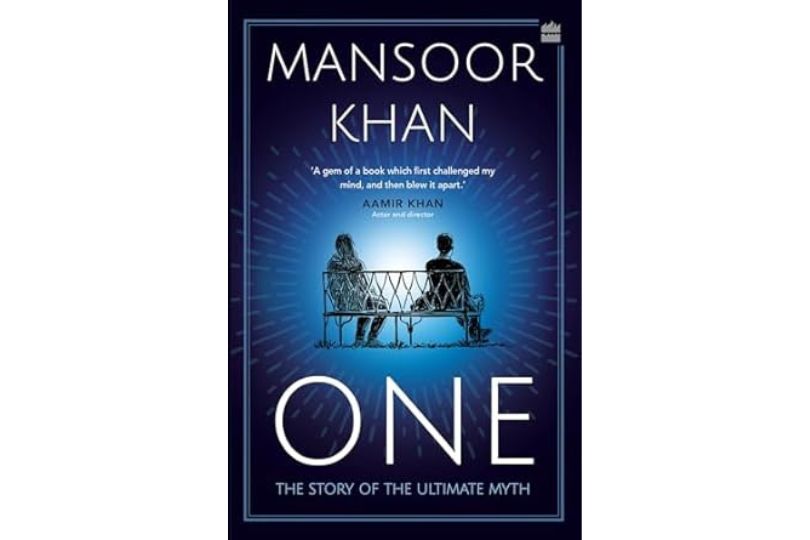
.jpg)
.jpg)
.jpg)
.jpg)
.jpg)


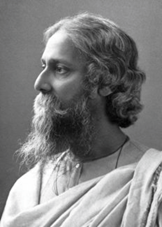
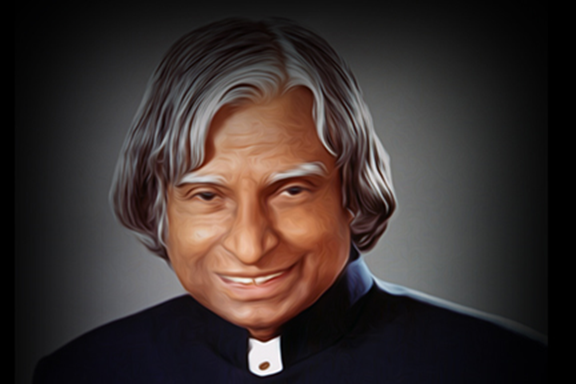
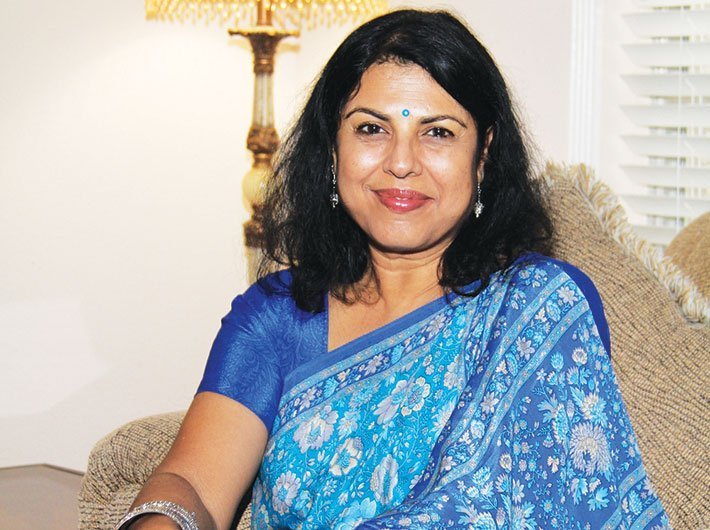
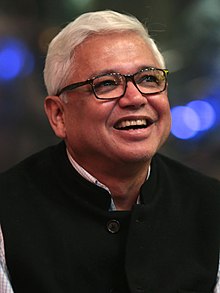
Sorry! No comment found for this post.